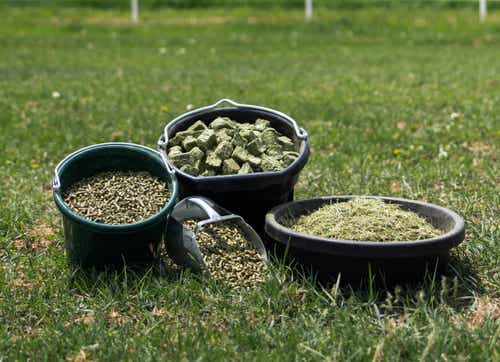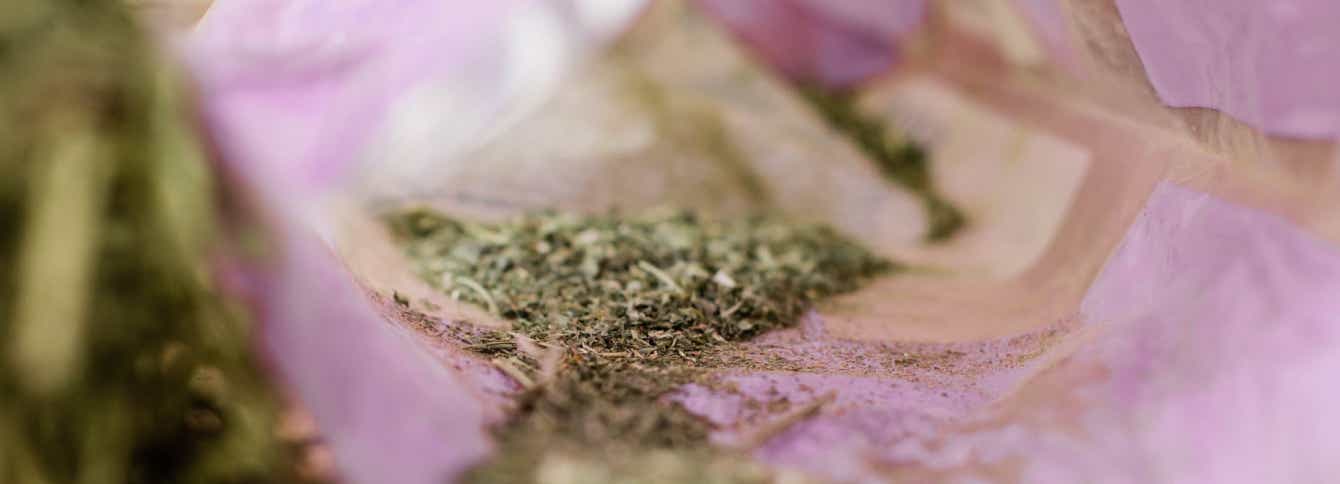
What’s in the Bottom of My Bagged Forage?
We’ve all done it – gotten to the bottom of the bag and held nothing but what appears to be little particles of dust. What you are finding is not dirt or dust, but actually pieces of delicious forage for your small animals! Much like reaching into the bottom of a bag of chips, where you will find a coating of chip crumbles. Friction against the packaging causes pieces of forage to fragment and...

Alfalfa Forage Bites - Cattle Treats: A Forage-Based Treat for Your Cows
At Standlee, we understand the importance of providing top-quality nutrition for your cattle. That's why we're thrilled to introduce our latest product, Alfalfa Forage Bites – Cattle Treats. Made in Idaho Made from high-quality sun-cured alfalfa grown in the fields of Idaho, these treats are specifically designed to offer your cows a wholesome and delicious snacking experience. With a focus on...
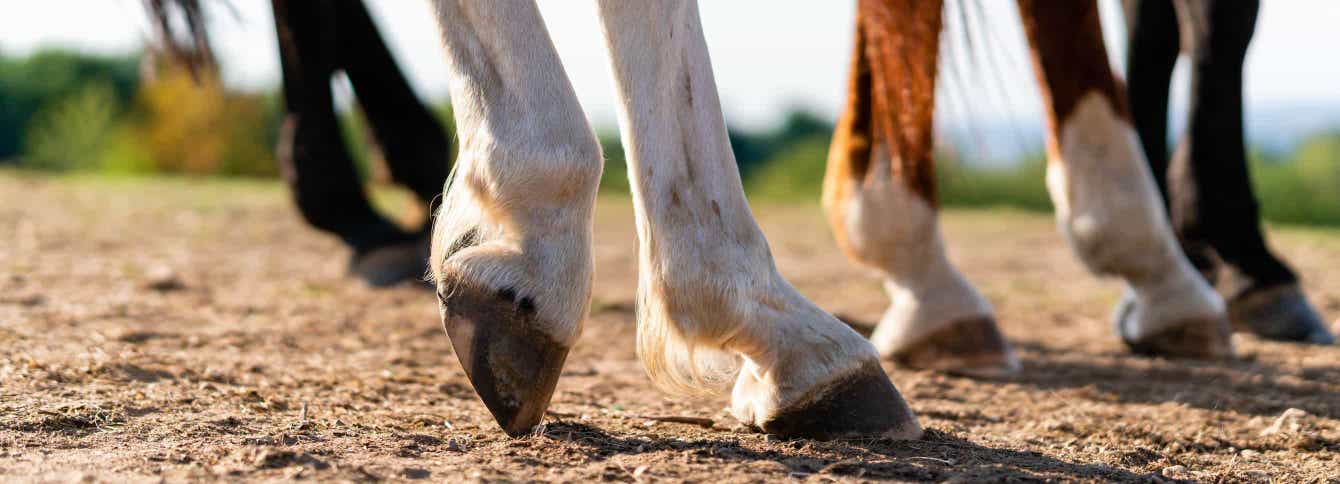
Laminitis or Founder – Which Is It?
The term founder has been used to describe several different scenarios. Some will use the word founder interchangeably with laminitis, while others refer to the chronic phase of laminitis as founder. If using the Merriam-Webster definition of founder, the correct use of the term when referring to the laminitic disease state in equids is when the coffin bone starts to sink downward in the hoof...
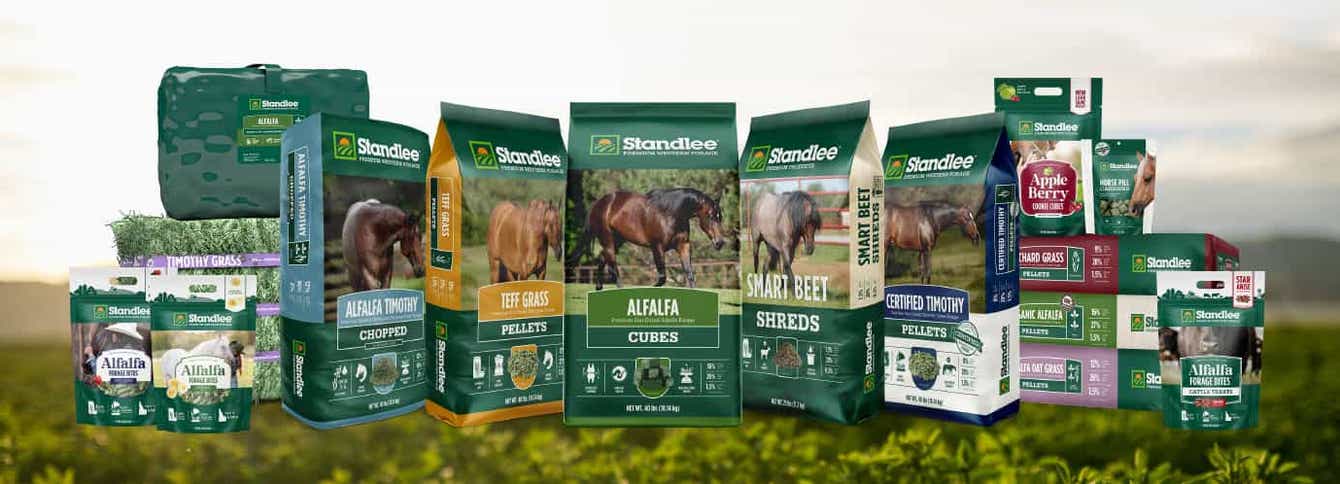
New Look, Same Great Product
Standlee reveals a new color-coded bag design with highlighted at-a-glance nutritional and feeding information. We're pleased to introduce our new Standlee forage bag design, conveniently color-coded by forage type. The bag's front, side, and back have also been enhanced with highlighted at-a-glance nutrition and feeding information to help you choose the best forage option and feeding amounts for...
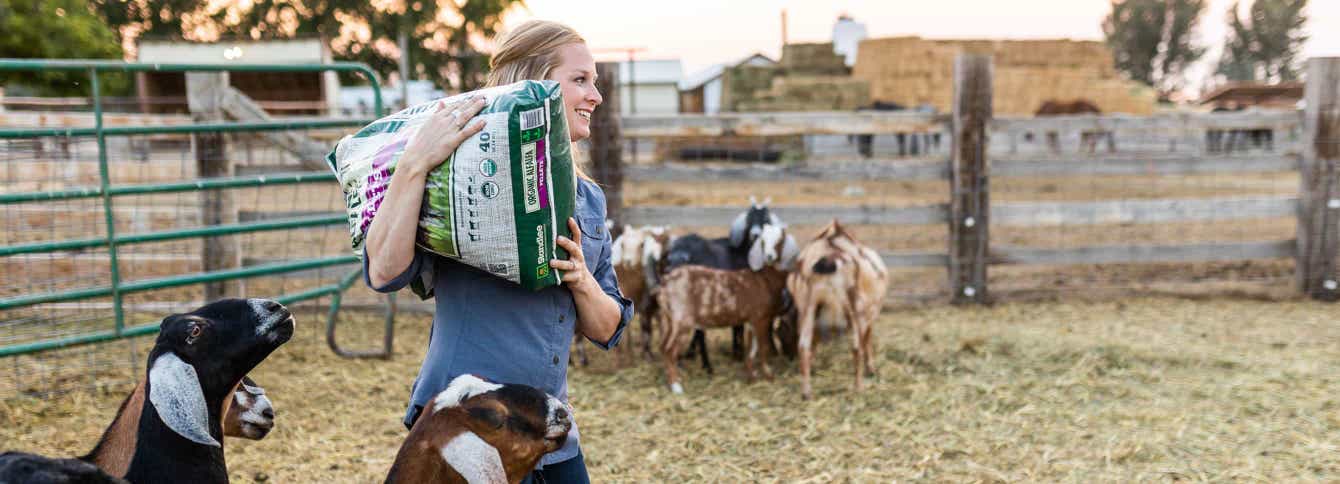
What hay do you feed dairy goats?
Here at Standlee, we are often asked about what goats eat. When it comes to picking the right choice for your goat, it depends on several factors. Is your goat for dairy or meat? Is your goat dry or lactating? What are the pasture options? Do you provide other feedstuff? Stages of Dairy Goats As a general rule of thumb, select these forage types based on your dairy goat's...


